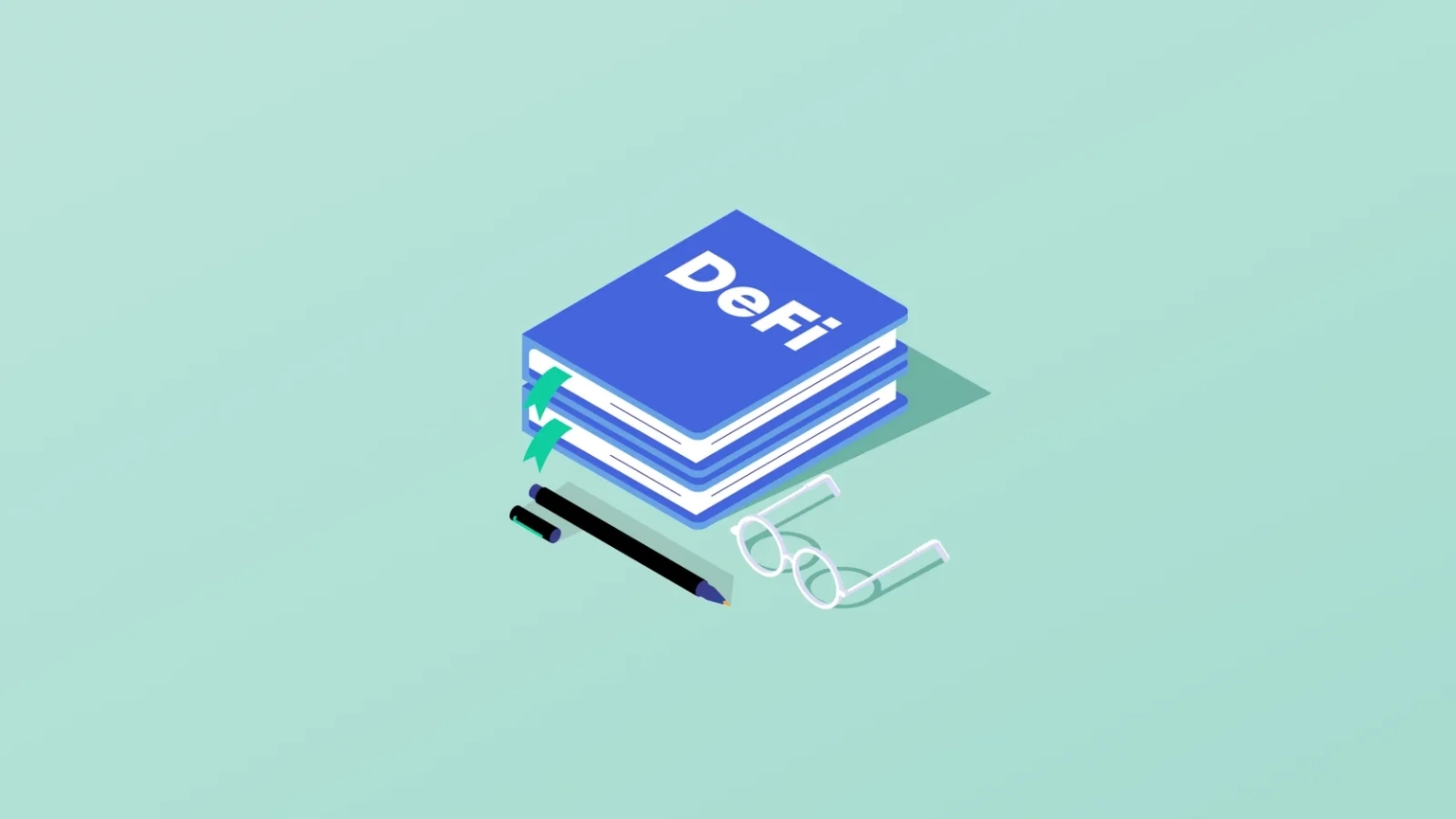
Collaboration between Neptune Mutual and SushiSwap
Explore Neptune Mutual's ongoing collaboration with SushiSwap offering several benefits.
Youtube Video
Playing the video that you've selected below in an iframe

Learn about the the use case of DeFi, and the key characteristics required to qualify as a DeFi.
Fast-growing. Controversial. Revolutionary.
DeFi or decentralised finance is the latest emerging tech that’s turning heads in the crypto market.
Coined in August 2018 by a bunch of Ethereum devs and entrepreneurs in a Telegram chat, the similarity between the term DeFi and ‘defy’ isn’t coincidental. It truly was built to defy conventional financial constructs.
Built predominantly on the Ethereum blockchain, DeFi re-envisions how we normally do finance by removing the need for intermediaries such as central banks and brokerages in everyday financial transactions.
DeFi sets itself apart by being unlike anything like traditional finance. As a financial system, DeFi gives you full access and responsibility over your own funds.
It redefines the extent of what cryptocurrency can do and opens the possibility of creating easier-to-use and autonomous financial institutions through dApps or decentralised applications.
In essence, DeFi eliminates the need for a middleman in financial transactions.
Instead of using banks to mediate transactions between you and your counterparty — DeFi gives you the chance to transact directly with others in a system where you do not need to know or trust them, a so-called trustless environments.
DApps contain code that organise the terms of transactions between two or more parties and ensures the execution conforms to these terms. This greatly increases the efficiency and reduces the costs of operating these financial products, leading to smoother and quicker financial transactions.
These are 5 key characteristics that qualify a financial system as DeFi:
So, what makes this all possible?
Enter smart contracts.
Smart contracts are code that instructs your funds to conform to the logic of the terms and conditions of the smart contract. They are programmable contracts that replace the need for human intervention that is required when executing traditional financial agreements. As long as you have a computer and Internet connection, you can take part in DeFi wherever you are in the world.
With traditional finance, getting access to financial products and services, such as loans, is often lengthy and depends upon a number of factors including credit history. With DeFi, anyone can get access to these financial services without the need for a government or financial institution to qualify them for these services.
This open-access approach to finance might lead you to think that the probability of default is higher in DeFi due to the lack of control over those participating in the financial system, however, the nature of a trustless system is that smart contracts give a more secure and reliable platform of borrowing, lending, and transacting on the DeFi system because the logic of the terms and conditions are programmed into the contract itself, and are not dependent upon the good nature of any of the parties involved.
However, like all new technologies, DeFi is not immune to risk, and problems can occur arising from user error and criminal hacks and exploits. In addition, its relative immaturity combined with its technical complexity makes it vulnerable to bugs and loopholes.
Despite the popularity and rapid growth of DeFi financial assets and transactions, there is surprisingly low adoption of products to provide protection against these risks. Parametric cover protocols like Neptune Mutual help give investors and creators access to cover products that guarantee payouts in the event of the most common types of crypto hacks & exploits.
With DeFi, users now have many ways of securing their funds and efficiently making transactions. It’s a financial system designed to give the end-user the most advantage and beneficial value.
Users are beginning to adopt and use DeFi for:
There are many ways to invest in the DeFi space. You’ll have to start acquiring cryptocurrencies frequently used in DeFi such as ETH, BNB, and MATIC. You can buy and trade these currencies through the decentralised exchanges mentioned previously.
Most investors have varying strategies when it comes to investing in DeFi.
Remember, new emerging technologies and markets like DeFi are inherently risky. Especially without a centralised entity responsible for all financial processes and transactions of the DeFi space, you are entirely responsible for your DeFi funds and investments.
It’s important that you do your own research before you invest. Qualify every new and promising project, protocol, and token you come across. Criminals tend to take advantage of both human and technological vulnerabilities to exploit and hack investors’ funds.
Always assess the potential vulnerabilities of your digital assets. Stay vigilant against exploits on social media and email, just to name a few, that’ll take advantage of your desires to make it big in crypto. Protect your assets and funds accordingly with parametric cover products available on Neptune Mutual.
Decentralised finance is disrupting finance at a global scale. By introducing more secure, efficient, and effective ways of conducting everyday financial transactions, DeFi is growing fast and is likely to become a significant part of the financial market. Is it just an alternative to traditional finance or will it become the new standard for finance? How will DeFi change the finance in the long run?
Many think DeFi is a revolutionary movement against traditional finance. Some think it’s an elaborate scam. There are also those who only see DeFi as a chance to hop in on the next big thing. Whatever you may think of DeFi and its growing popularity, its ability to grab attention is making it difficult to ignore.
Like everything else, DeFi comes with its own risks as well. Anyone who dives into the crypto space should always ask themselves how they can mitigate and manage their risks, especially in a high-risk volatile market. Neptune Mutual’s parametric cover protocol gives crypto investors, traders, and owners access to reliable cover pools that help them reduce and mitigate risks in the crypto market, protecting their digital assets.
The fact still remains: DeFi is an emerging technology that is experiencing fast-paced progress and change. It’s a promising market full of innovation, and opportunity.